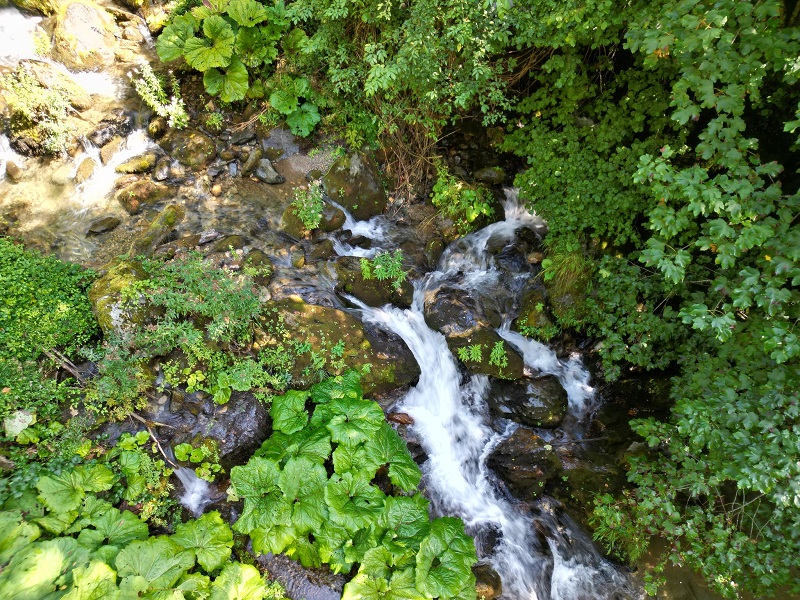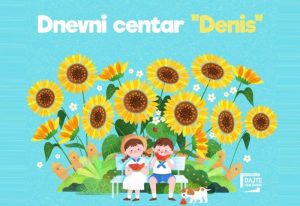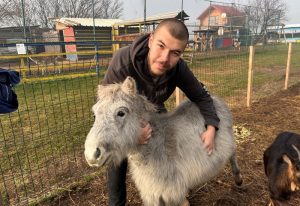In July of this year, the Studio for Social Change Foundation – ACT concluded a contract with the Faculty of Science of the University of Sarajevo on the preparation of a study of the zero state of the ecosystem in the Neretvica river basin (Konjic city), with a focus on the upper part of the stream.
All activities are coordinated and carried out in cooperation with the local association of citizens “Neretvica – PUSTI ME DA TEČEM” .

We remind you that in the basin of this river, which is 27 kilometers long, it was planned to build as many as 15 small hydropower plants (MHP), but the three-and-a-half-year struggle of the local population, with the support of allies from all over Bosnia and Herzegovina and the region, was crowned with a great victory and the termination of the concession contract for implementation of the mentioned ecocide project.

“Now, when the Neretvica river is finally free, and the movement “Neretvica – Let me flow” has become one of the symbols of environmental struggles in our country and region, we want to investigate in more detail the biodiversity of this wild, almost untouched river and, ultimately, trace the path towards a certain degree of protection of part of its upper course.

During the research, which will be used for the preparation of the study, scientists from the Faculty of Science will determine the physico-chemical and biological characteristics of the water in the research area and perform a qualitative-quantitative analysis of the fauna (macrobenthos, ichthyofauna, and amphibians and reptiles)”, according to the Atelje Foundation. for social change – ACT .
As part of the flora and vegetation analysis, detailed phytocenological research will be carried out in order to identify plant communities in this area, which will further serve to map habitat types and dominant plant communities.
Source: abrasmedia.info





